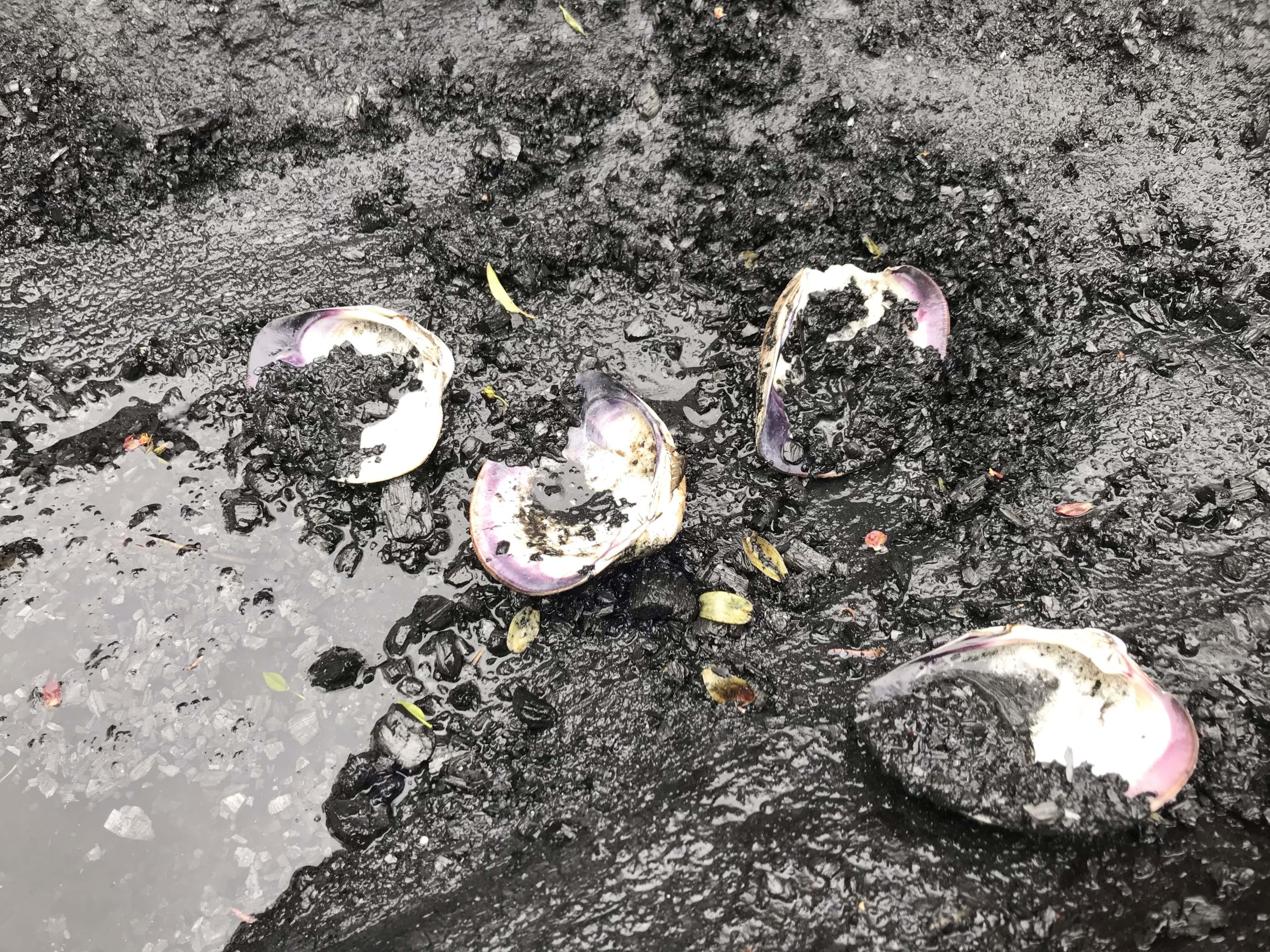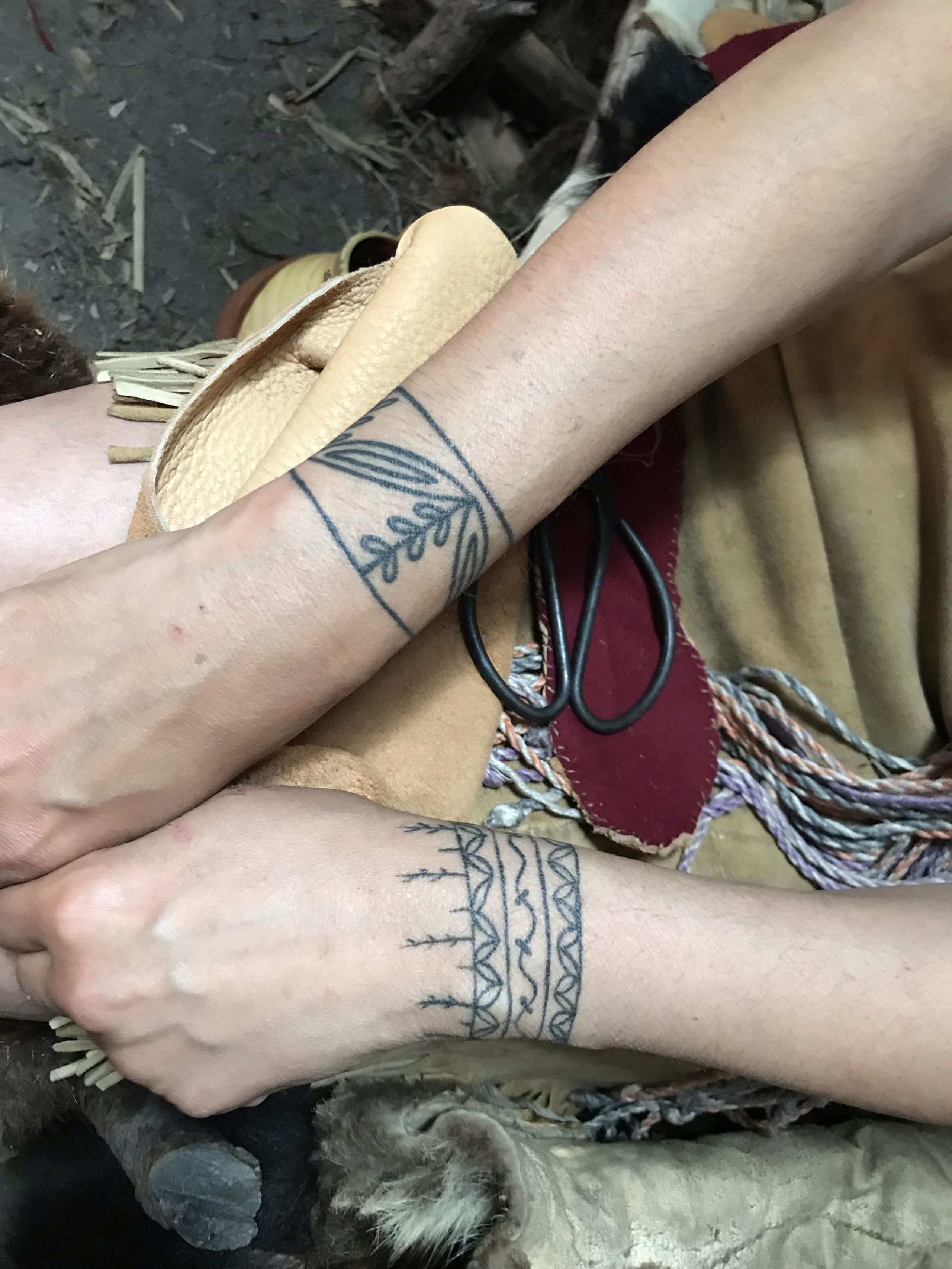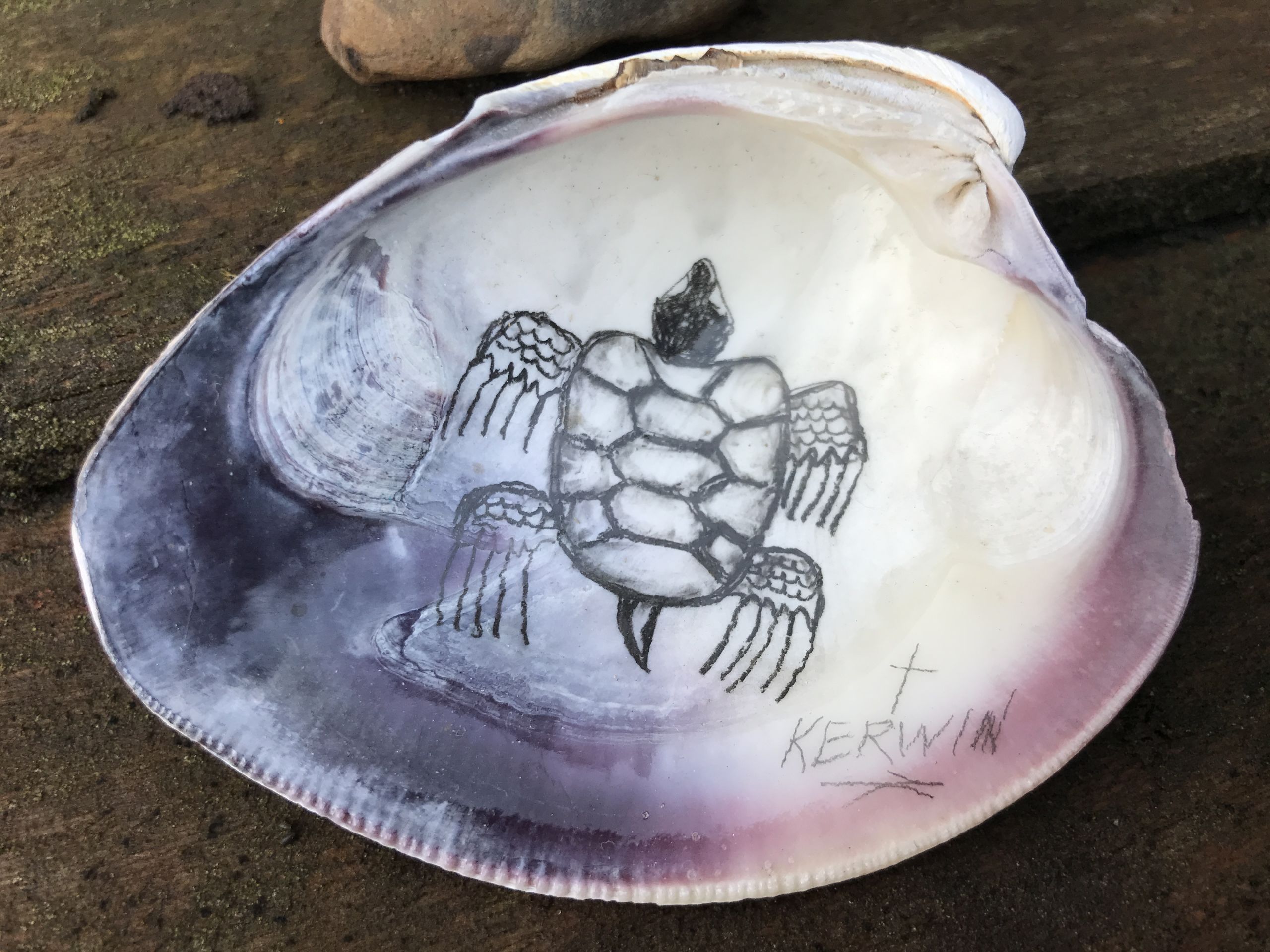The Mashpee Wampanoag
In September 1620 the English ship Mayflower, with 102 pilgrims on board, set sail from Plymouth in south west England, crossed the Atlantic Ocean and landed on the shores of Massachusetts. 400 years later members of the local Mashpee community describe the impact the arrival of the pilgrims has had on their way of life and share their history and culture.
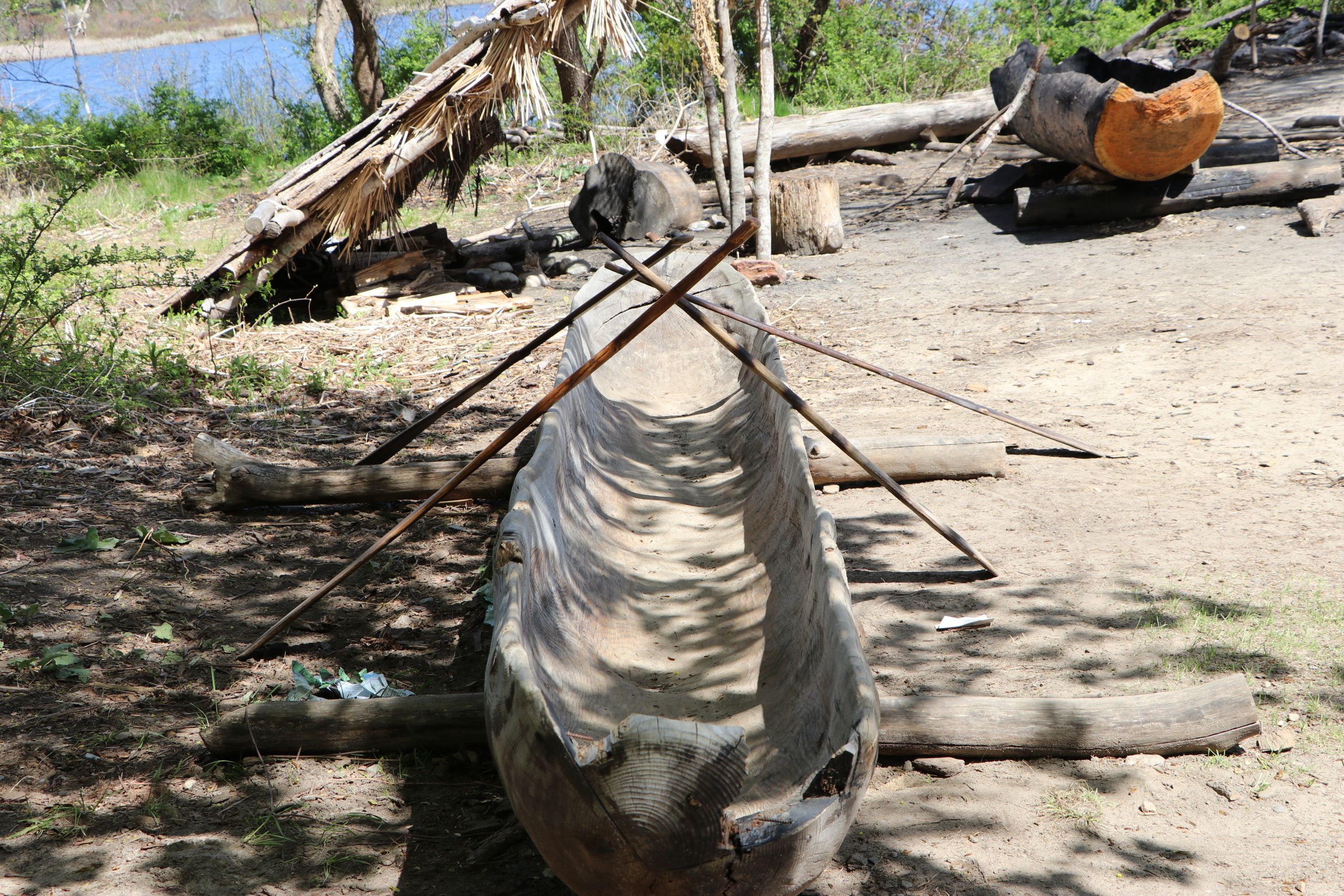
It started as a voyage of discovery by a group of English pilgrim 'Separatists' moving from Europe to a new world to preserve their religious traditions. For the Mashpee Wampanoag tribe, who had lived on the land for thousands of years, it led to a chaos of illness and death. And for the pilgrims the first harsh winter resulted in the loss of nearly half of the passengers and crew who disembarked from the Mayflower.
As the new arrivals settled in a deserted village on the coast, unaware that the inhabitants had left because of a plague, the Wampanoag tribe kept watch on the newcomers. The initial encounters between the tribe and the pilgrims were friendly and led to the sharing of a meal which became the roots of the Thanksgiving celebration.
However, this act of sharing would not be repeated in the years to come. War, massacres and loss of their language and culture followed.
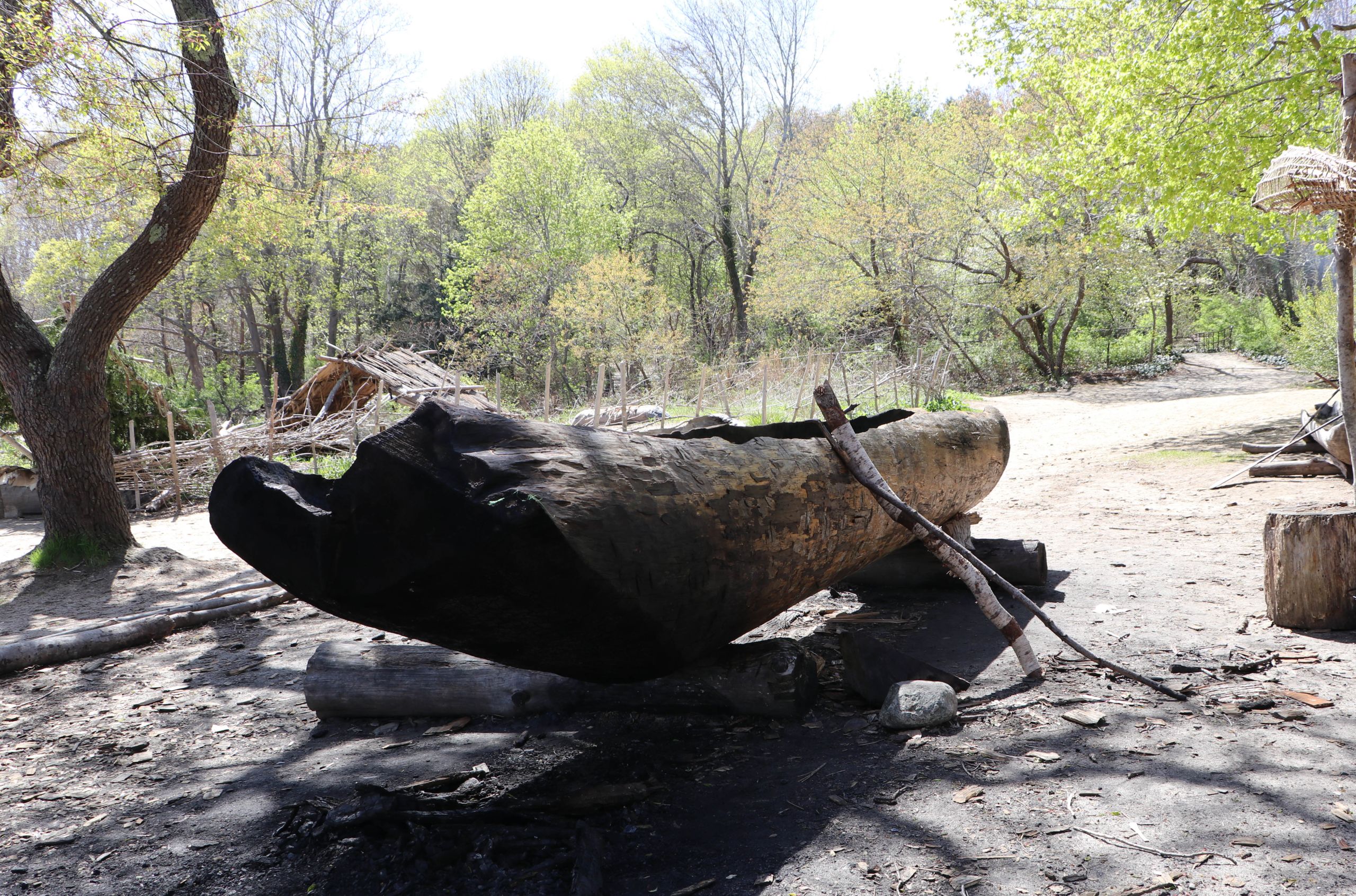
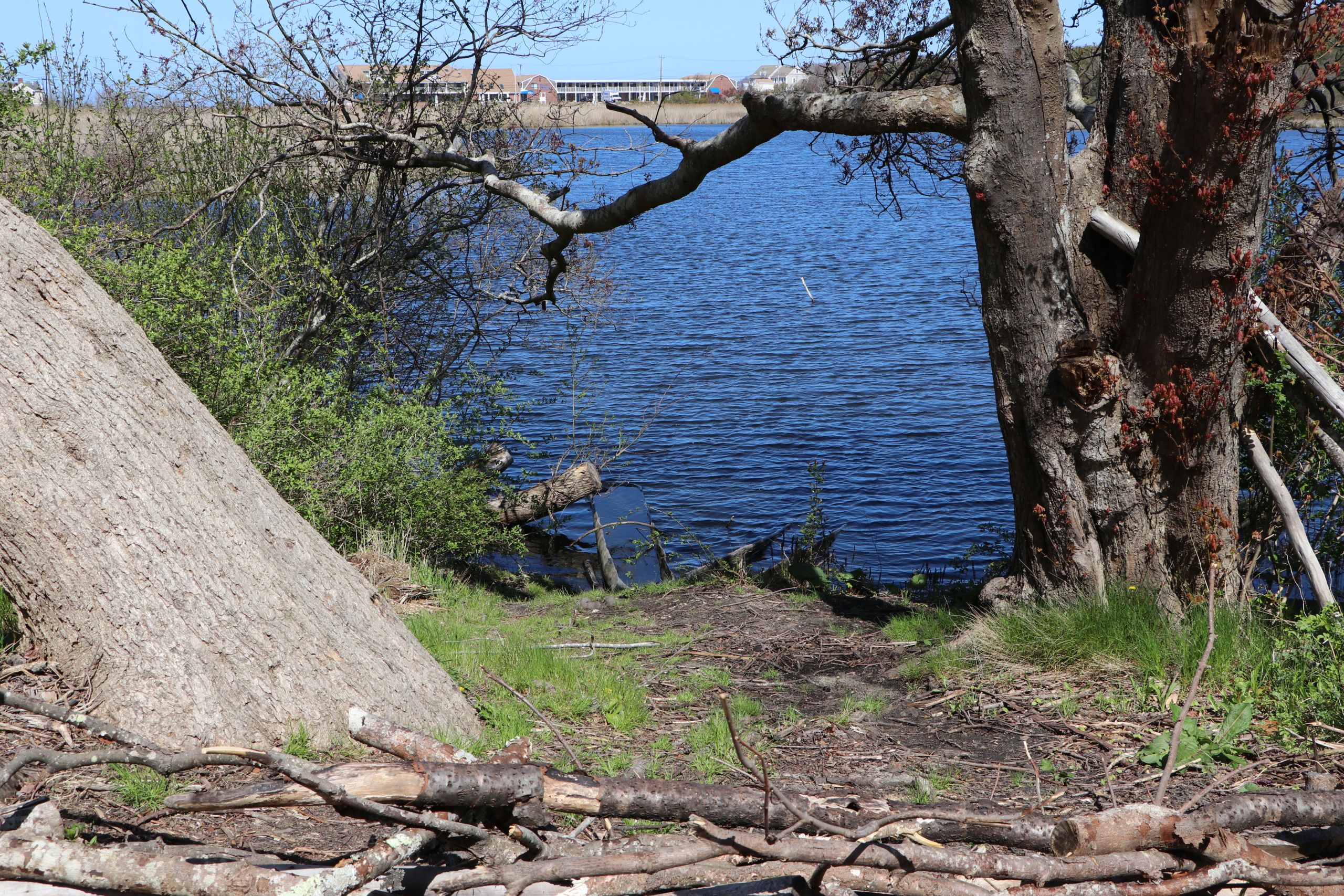
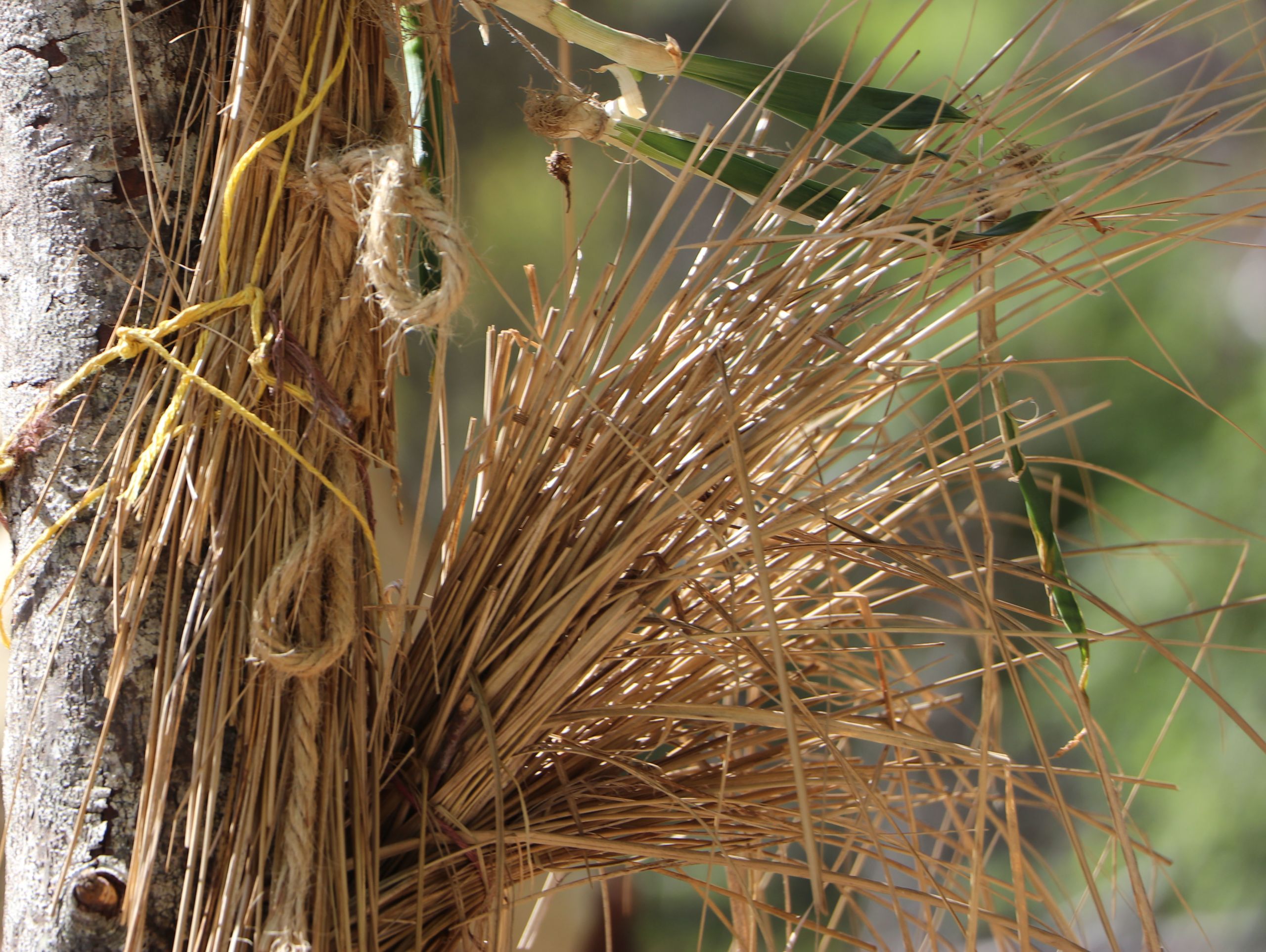
Based on the words of the Mashpee Wampanoag community with thanks to Plimoth Plantation Massachusetts. Interviews by Sara Parker. Written and compiled by Bella Richards and Rosemary Richards.
"I introduce myself as being Mashpee Wampanoag. That's what I am. Mashpee is my community and Wampanoag is my culture .
The thing about being called Native Americans, we were here long before this place was ever called America.
A lot of early colonists, in describing the native people here, said that we were without religion or without spirituality, because it was not a separate thing.
We have our own spiritual ways. It depends on what the situation is. We have ceremonies for different purposes. Weddings, funerals. We give thanks daily.
A lot of us were considered to be hunters and fishermen. We've sat and planted around here maybe close to 2,000 years. When we started planting, over half of what we ate was considered to be vegetables in our diets.
Going green, being organic is nothing new for native people. We've been doing that for thousands of years.
Darius Coombs, Plimoth Plantation’s Director of Wampanoag and Eastern Woodlands Research and Interpretive Training
Darius explains the background to his own name and the naming and age conventions of the Wampanoag
They arrived here December 1620
"The settlers on the Mayflower first arrived in November in Cape Cod but they worked their way up here and landed in Plymouth in December of 1620.
Massasoit was the leader of the Wampanoag community at Pokanoket. Pokanoket to Plymouth was considered to be two days walk. There was no such thing as horses here probably until the 1640s so you'd walk or you would run. In March of 1621 Massasoit comes to Plymouth with 60 of his men and forms a war alliance with the colonists.
The landing of the Mayflower was not the first contact they had with Europeans."

Map of Wampanoag territory circa 1620
Showing the first landing point in Cape Cod of the Mayflower, the ship which transported the men, women and children from Plymouth in England. The ship eventually landed in Patuxet which became known as Plimouth, or later, Plymouth.

"Several years prior, a wave of trade ships from England, the Netherlands and France arrived on the shores. As they came, they brought infectious diseases; as they went, they took natives as slaves. In 1614, a captain named Thomas Hunt landed in Plymouth, Massachusetts, then known as Patuxet. He took nearly 20 Patuxet Wampanoag people as slaves, and a further 7 from the Nauset Wampanoag community. One of those people was named Tisquantum. Also known as Squanto, Tisquantum ended up in England, living with a merchant for five years after he was captured. In 1619 he was given his freedom and returned to Patuxet. On the day of what was supposed to be a joyful return to his home village, all he was met with was the remnants of a great plague which had killed his family. The illness brought by trade ships had wiped out up to 90% of Wampanoag people. They say this plague happened between 1616 through 1619. What we know about it is the skin turning yellow, people got open sores in their bodies and they died within two or three days."
Without the help of Tisquantum it is likely that none of the original pilgrim settlers in Plymouth would have survived. Because Tisquantum could speak English he and the local Mashpee Wampanoag were able to help the settlers over their difficult first winter, showing them how to plant crops. The first settlers and the Wampanoag agreed a peace deal, which was later broken by subsequent generations.
"We have artefacts and stories passed down from this time in the 1600s, and know how our people lived through the fishing and colonial era, into the early America era and the industrial revolution. Our people kept oral records of what was going on with our communities all through that; the bulk of our human history, our thousands of years of human history, was all by word of mouth; but also kept up in belts, in weavings that were passed down through families and pictures.
In many native traditional communities families have a lineage of responsibility. There's families of storytellers. Those storytellers raised up storytellers and these items would be kept within that family as heirlooms and that would be like the town archives and keep the town's history. These people travelled and these people shared stories, and songs and dance performance, and entertainment, but also our history too."

"As Wampanoag people, we've been here for over 12,000 years. Wampanoag culture is one culture out of probably over a thousand different indigenous nations going across North America today. This whole area was populated with people and for us as native people, we do not believe in ownership of land. That was the idea and that's why the colonists were allowed to stay here. It was unfortunate that a lot of traders had arrived before them and they had ruined it for them.
We don't shy away from history. We talk about planting, and fishing, and hunting, but we also talk about slavery and colonisation.
It hurts, it still hurts inside."
"My name is Kerrie Helm. I am an enrolled citizen of the Mashpee Wampanoag tribe, which is my community and is the largest surviving Wampanoag community, and we're located on Cape Cod."
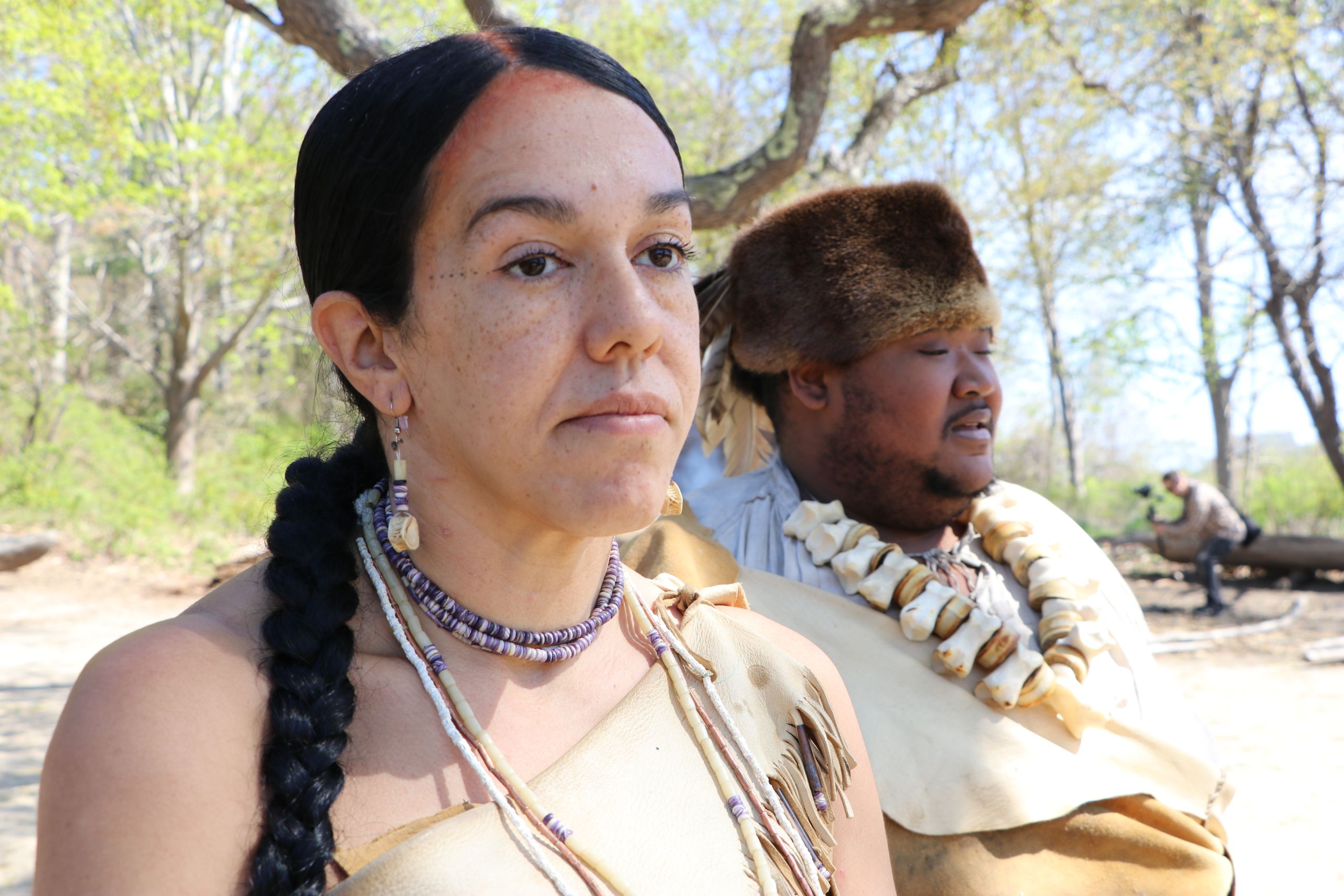
"This tattoo is an over a thousand-year-old Algonquin floral design. This one in the middle is a very old Niantic design - it represents a strawberry trail. These represent seedlings, which represents new life, and this one up top, this is old growth forest dying and saplings growing up in between. It represents death and rebirth. The dots I've tattooed on my eyes, for women, Wampanoag women, dots usually symbolize individuals. You see that in a lot of our art. People on a path, the dots along a trail or something like that. You see that a lot, but it represents my family, so my four sons, myself and my husband.
I'm Turtle and Bear. I'm Mashpee Wampanoag but I'm also Pocasset Wampanoag. Turtles have a lot of significance for a lot of native people because we believe North America is on the back of a turtle shell, because it's shaped like a turtle. We call it Turtle Island, actually. Bear is very important especially in my community, which is Mashpee. We don't hunt bear and we don't eat bear, because we believe bear is the animal that actually showed us which plants were medicine and which plants weren't. They're the animal that taught us about medicines."
"Turtles have a lot of significance for a lot of native people, because we believe North America is on the back of a turtle shell."
"Turtles have a lot of significance for a lot of native people, because we believe North America is on the back of a turtle shell."
"My name is Philip Wynne. I was raised Wampanoag. Me and my siblings have always felt truly blessed in our family, because my grandmother did a lot of genealogy for the tribe, and a lot of the archives; she kept a lot of my tribe's archives and helps to run our tribe's museum."

"We always say, 'Put my feet where we're from, but our eyes are always looking forward'. We're always knowing where we come from....... and that to look forward, try not to get stuck in the past or look too far forward in the future, find a nice balance in between was something that I was always brought up appreciating and keeping in mind. I was always taught.....That stuff, use it as a drive to be better, and do better, and continue.”
Wampanoag traditions
" At one time the Wampanoag were probably numbering over 100,000 in close to 70 communities. Today you're talking Wampanoag culture being maybe 10,000 to 12,000 people. If you came around this area before the colonists got here, before a plague hit, and you went to the people and said, "Hey, what are you?" They would say, "I'm a Patuxet. What are you?" Patuxet being a Wampanoag community around here. They would expect you to know this is a Wampanoag country, because if you're travelling, they'll expect you to know that already."

"Now, what makes people different? Languages make people different, diets make people different. What makes us similar is how we think about life in general; how we think about human life, how we think about plant life, how we think about animal life, how we think about fish life. Any life at all. We don't put ourselves above or below them. A lot of us, if we see trees being taken down, that hurts, that's life being taken away. We go hunting quite a bit in the fall and winter for deer.
The men are considered to be the takers of life. We take the life of fish. We do a lot of fishing during the spring or summer, we do a lot of hunting during the fall or winter. We take life of these, the fishing and the animals. While on the other hand, women are considered to be the givers of life. They give life to Mother Earth.
What the men hunted and fished for actually really made up for about 30% of the diet, so heavy on fish and shellfish in the spring and summer, big non-carnivores like deer, and moose, and elk in the fall and winter, but around 70% of what people were eating was actually coming from what women would grow and gather. So lots of corn, beans, squashes, nuts, roots, shoots, berries, eggs made up for the most of the diet, but it did vary because it depends. If you are a Wampanoag community on Cape Cod, you're probably eating a lot more fish than a Wampanoag community 40 miles inland.
Nothing was really set in stone, but for the most part, the majority of what people were eating was coming from women, which was probably one of the reasons we were a matriarchal society here. Women were bringing in the majority of the foods.
You belong to a family clan and the leader of that clan is the clan mother, who's kind of the top elected grandma from each family clan. They actually have the final say in how our societies were run and are run today. In fact, our word for woman translates into English as, 'she who has final say', because of the clan mothers.”
Darius Coombs:
"We came so close to losing our language back in the early 1900s. If you weren't speaking English you weren't speaking the right language.
For us as native people, we came within inches of losing our language. It has always been oral. People say 'You didn't have a written language or culture.' It wasn't needed. It's a different way of doing things. Stories were passed down from our elders and still are today. How a lot of lay people learn is through storytelling. That's very important for us.
There was a woman from my community, her name being Jessie 'Little Doe' Baird. This is a true story. She was having dreams. She's Mashpee Wampanoag like myself. She said, "People come into a dream speaking a different tongue." This happened night after night after night. She said the face looked familiar from the community of Mashpee but did not know their names. One of our dreams that people came and spoke English to her, they said, "If the Wampanoag people have the opportunity to have their language back would they say yes?"
She took it upon herself and went around the community members and asked them, "Do we want to see Wampanoag spoken again?" and everybody said, "Of course we do. That's what we are." What she did, she went to MIT, which is a college near Boston and got a linguistics degree and started piecing the language back together again. How this was done, was through old records were written in Wampanoag.
She's our vice chair today. What helped out quite a bit is....ironic how everything comes full circle again.
When this Christianity was being put on native people, you had a lot of praying towns being formed. Praying towns, which are towns in which Christianity is taught. These were popping up back in the 1650s, 1660s, 1670s. A missionary up by Natick, which is near Harvard University, and his name being John Eliot, he felt that people were not picking up Christianity well enough, quick enough from the King James Bible written in English. What he did, he hired Wampanoag interpreters and wrote the Bible in Wampanoag. I say it's ironic how things come full circle again, to a 360.
We have one of those first editions today. It was used to help us get our language back again. "
Within literally the last 10, 15 years, we finally have our language back. Music is part of ceremony. Now we're making songs in our own language again and doing ceremonies in our own language.
You got your vocal cords, you got different instruments, you use rattles, used rhythm sticks, which is basically just two sticks tapping together. There's one dance, what we call a Stomp Dance, which we use rattle and rhythm sticks. How that goes is, you get the leader, a man or a woman in the front singing, and you got people, man, woman, man, woman behind them with their rattles and their rhythm sticks. It's called Stomp Dance because when you're dancing, you're literally stomping your feet. The reason you're stomping your feet is you're trying to wake up the ancestors to join in, the ones who've passed away, the one who've paved the way for us to be here today.

In 2020 the Wampanoag are in danger of losing their reservation status at a time when the United States and the UK are marking the anniversary of the arrival of the Mayflower four centuries ago.
"Our people have creation stories, we have stories of great floods that came through the land that separated the people. There was a time when we could walk between Cape Cod and Martha's Vineyard and Nantucket, but then a great flood came along. Our people have stories of giants that shaped the land. Our people have stories of little people that are tricksters a lot of the time. Like you ever lose something, bad people have them. A word for those little people is Pukwudgie. Those are pukwudgie. They steal things and they're trickster spirits.
Giving thanks is very important for us. Giving thanks for being here, waking up in the morning, being part of Mother Earth, being part of your surroundings, knowing how to respect and know how to care for it, knowing how to live with it."
